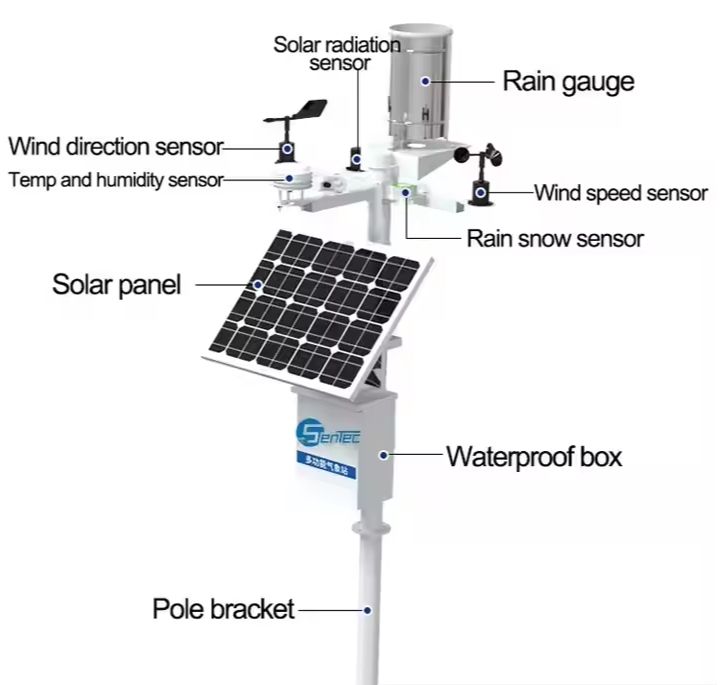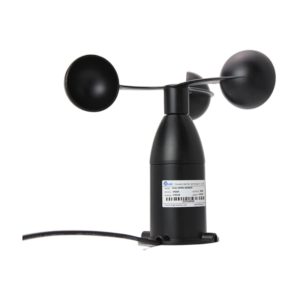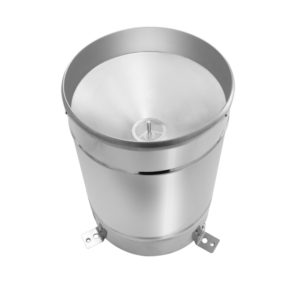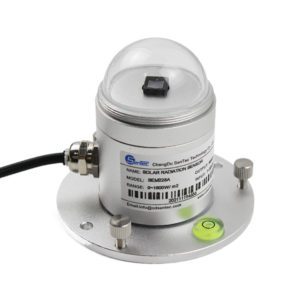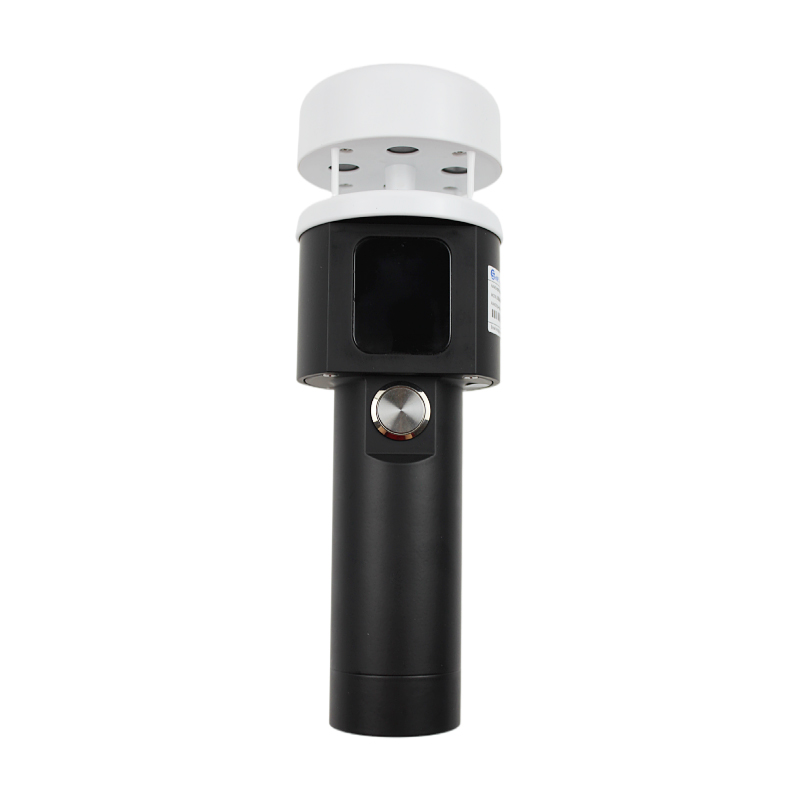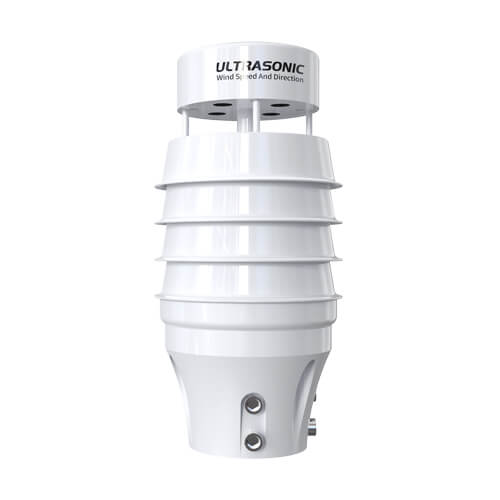How does meteorological monitoring system works ?
Meteorological monitoring refers to the activities of meteorological monitoring institutions to conduct overall monitoring and early warning of meteorological environmental conditions through the meteorological monitoring system. The meteorological monitoring system monitors and reports the indicators reflecting the meteorological quality to determine the meteorological environment data such as rainfall, wind speed and direction in the area.
Table of Contents
Meteorological monitoring Backgroud
Meteorological monitoring refers to the activities of meteorological monitoring institutions to conduct overall monitoring and early warning of meteorological environmental conditions through the meteorological monitoring system. The meteorological monitoring system monitors and reports the indicators reflecting the meteorological quality to determine the meteorological environment data such as rainfall, wind speed and direction in the area.
Meteorological monitoring is the basis for scientific management of meteorology and meteorological law enforcement supervision, and is an essential and basic work for meteorological forecasting. The core goal of meteorological monitoring is to provide data on the current situation and changing trends of meteorological elements, predict meteorological changes, and smoothly solve the current major meteorological problems, so as to serve meteorological management.
Meteorological monitoring system
A meteorological monitoring system is a comprehensive network of instruments and technologies that are used to collect, analyze, and interpret data related to weather conditions and changes in the atmosphere. These systems are crucial for understanding and predicting weather patterns, as well as for studying climate trends and monitoring environmental conditions.
A meteorological monitoring system typically consists of various components, such as weather stations, satellites, radar systems, and remote sensing devices. These components work together to measure and record various meteorological parameters, including temperature, humidity, air pressure, wind speed and direction, precipitation, and solar radiation.
Weather station
A weather station is a monitoring instrument used to monitor real-time environmental changes and make corresponding warnings. It is mainly composed of acquisition sensors, meteorological monitoring host, power supply system, communication module and other parts. It can actively observe and transmit information on conventional meteorological elements such as air pressure, temperature, relative humidity, wind direction, wind speed, and rainfall, conduct ground meteorological monitoring, store and send monitoring data, and can convert monitoring data into meteorological information or compile them into tables as needed. A ground observation device for expressions such as curves.
In order to achieve efficient and accurate weather monitoring, weather stations are constantly being upgraded and updated, and weather stations are also divided into many types, such as: small weather stations, automatic weather stations, portable weather stations, agricultural weather stations, ultrasonic weather stations, and micro weather stations.
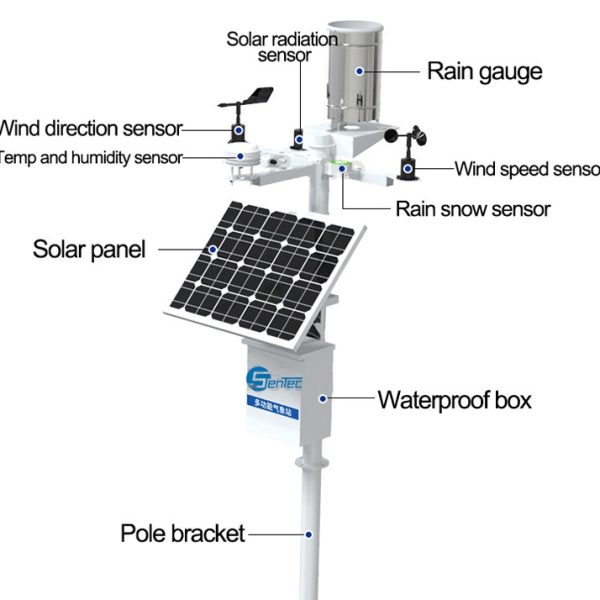
Meteorological monitoring sensors
The sensor used to monitoring the meteorological, we called meteorological sensors. The content of meteorological monitoring sensor mainly includes wind speed sensor, wind direction sensor, soil temperature sensor, soil moisture sensor, soil EC sensor, soil PH sensor, air temperature sensor, air humidity sensor, noise sensor, carbon dioxide sensor, atmospheric pressure sensor, light sensor, rain and snow status sensor, ultraviolet rays sensor, total radiation sensor, carbon monoxide sensor, ozone sensor, There are 28 meteorological elements including nitrogen dioxide sensor, sulfur dioxide sensor, hydrogen sulfide sensor, oxygen sensor, PM2.5 sensor, PM10 sensor, negative oxygen ions, ammonia sensor, TVOC sensor, rainfall sensor, soil nitrogen, phosphorus and potassium sensor etc.
Advantages of SenTec meteorological sensors:
✔The measurement unit imported from Switzerland is used for accurate measurement;
✔The circuit adopts imported industrial grade microprocessor chip and imported high precision temperature sensor to ensure excellent reliability, high precision and interchangeability.
✔5~30V wide voltage range, complete specifications and easy installation;
✔Photochemical principle to monitor gas
✔Standard industrial analog or RS485 signal
Ultrasonic all in one meteorological monitoring station
Ultrasonic Weather Station uses 4 ultrasonic probes to measure wind speed and direction, without any moving parts, the instrument is more durable and the data is more reliable. A variety of built-in weather sensors can detect environmental factors such as wind speed, wind direction, temperature and humidity, noise, PM2.5 and PM10, CO2, atmospheric pressure, and light. Sensors can predict weather changes. Ultrasonic weather stations can meet the growing need for real-time on-site weather information. Accurate data can help organizations make important decisions about climatic conditions that affect safety and operations.
Advantages of SenTec all in one ultrasonic weather station:
✔Imported chip, High measurement accuracy
✔No moving parts, maintenance free for the whole system
✔Modbus communication protocol, standard RS485 / RS232 / SDI-12 output
✔Electronic compass, GPS or Beidou global positioning module can be added
✔Internal heating device ensures normal operation in severe cold climate
Subscribe To get new products and solutions
Latest Posts
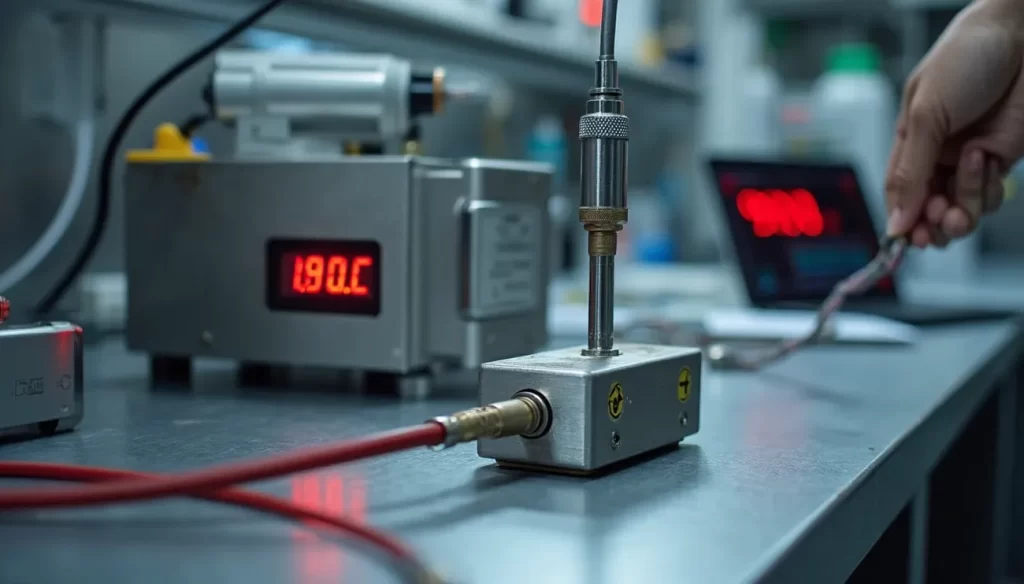
Why Your Thermocouple Calibration Might Be Wrong (And How to Fix It)
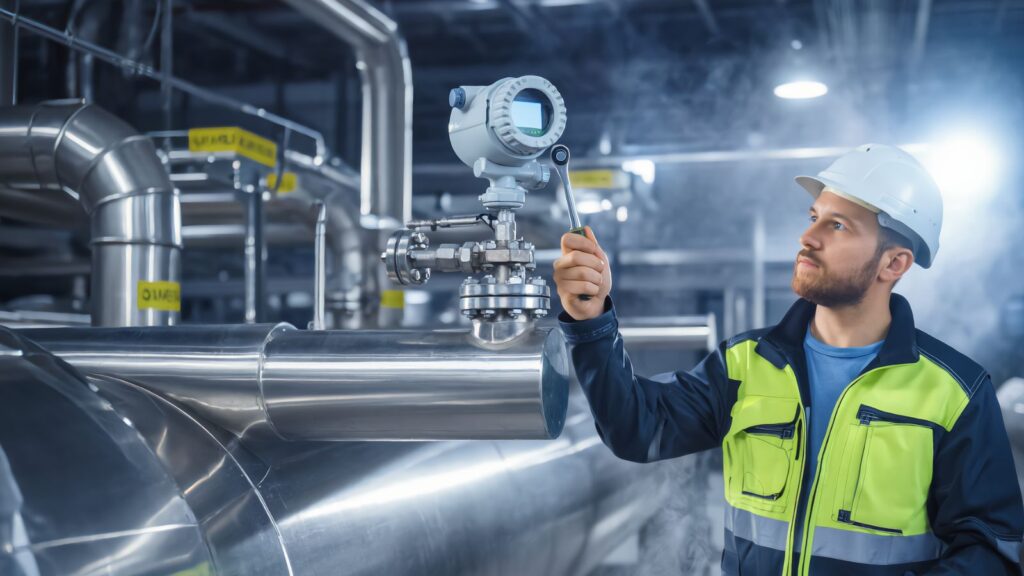
Why Engineers Choose Radar Level Measurement for Bypass Installations

TVOC Air Quality Testing: Essential Facts for a Healthier Indoor Environment
